Iceland has always been a dream destination for most of us. It is a gorgeous country located in Europe and has always been a tourist hotspot for obvious reasons. Iceland is also known as “The Land of Fire and Ice” as the country is an extreme of volcanoes and glaciers. Iceland would certainly leave you in awe as the whole country is so dreamy. If you’re looking for a mystical experience in Iceland, there’s one steamy spot you shouldn’t miss. It is the Blue Lagoon. This lagoon is one of a kind unlike any other attraction on the Earth. Imagine taking a dip into a warm milky-blue lagoon that is open to the sky, after a tiring journey. Calming right? Let’s dive right in, to know more about the mystical Blue Lagoon.
About the Blue Lagoon

National Geographic has termed the Blue Lagoon to be one of the top 25 wonders of the world. Wonder why? Let’s have a look at what it has to offer. The Blue Lagoon is a beautiful hot spring and an outdoor spa. The milky blue water in the lagoon contrasts with the igneous rocks and creeping moss surrounding it. This gives the lagoon an absolutely stunning look that you cannot find elsewhere on Earth. Now, who wouldn’t enjoy taking a dip in the warm water along with some refreshing mocktails and cocktails? Yes, that’s right! The lagoon also offers cocktails, smoothies, massages, and face masks as well for a rejuvenating experience.
Facts and Benefits:
The Blue Lagoon is adduced to be very therapeutic for the skin. The water consists of rich minerals such as silica and sulfur that also give the lagoon the milky blue tinge. Along with these minerals, you can also find certain types of algae plants in the lagoon. These plants are rare and are native to the Blue lagoon. They react with the two minerals and make the water a perfect combination for skincare. The lagoon also helps treat psoriasis, a skin disease. Another interesting fact about the lagoon is that the water renews itself due to the steaming hot water. Hence, the Blue Lagoon is a popular hot spring for a rejuvenating bathing experience.
Temperature of the Water:
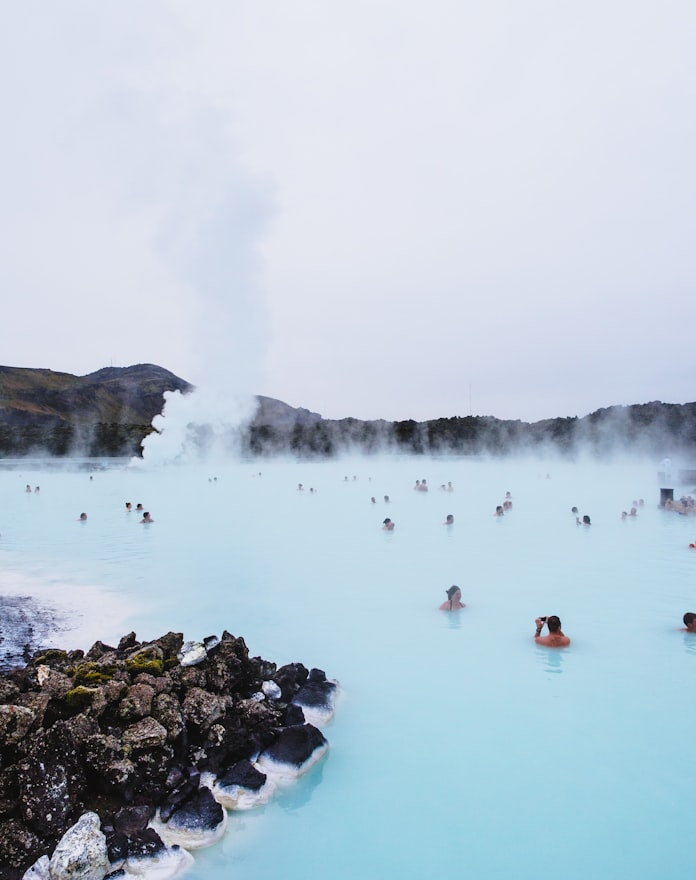
The Blue Lagoon maintains a temperature ranging between 37 to 40 degrees Celcius (98 to 104 degrees Fahrenheit) all year long. This makes for a perfect bathing temperature suitable for everyone. However, the outdoor weather and temperature might cause the water temperature to fluctuate slightly.
Formation of the Blue Lagoon:
Are you wondering how this beautiful lagoon came into being? Well, here it is. Dating back to the late 1970s, a geothermal power plant called the Svartsengi power station was constructed on a geothermal field close by to the Blue Lagoon. It was Iceland’s first power plant. It was a fortunate mistake because, while drilling out geothermal energy for the nearby houses, the excess water and heat sprouted out in the wrong location. That is how the Blue Lagoon was formed. Yes, that’s right. It is not a natural hot spring. The lagoon is however safe and has no chemicals from the power plant. Though the water is rich in minerals and has proved to be effective for the skin, back in those days, people did make a huge issue out of this accidental lagoon.
Location and Transport:
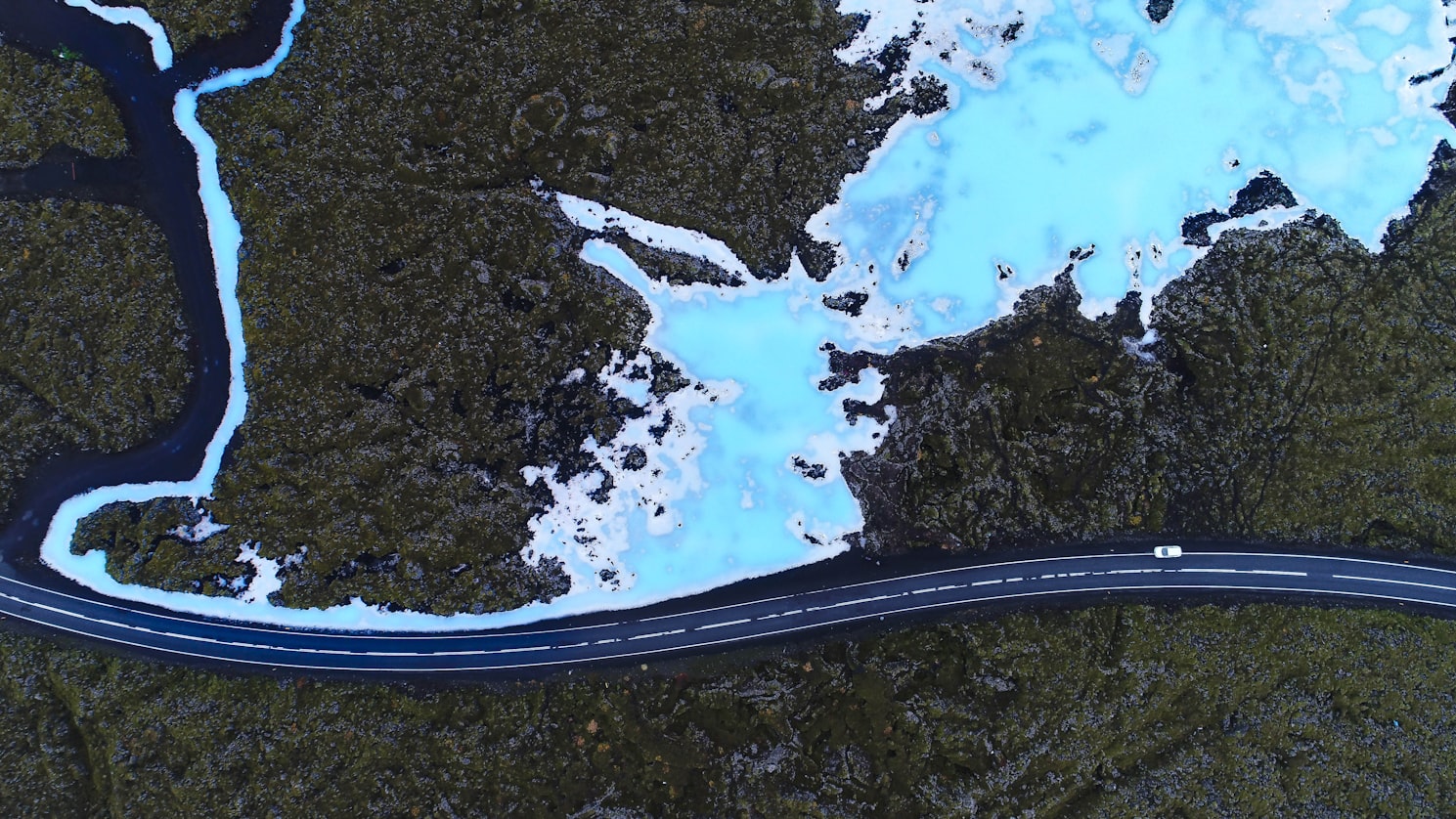
The Blue Lagoon is located in the Southwest of Iceland. It is situated on the Reykjanes Peninsula in Grindavik, which is known for cone-shaped volcanoes. The Blue Lagoon is conveniently located only 30 minutes away by road from the capital city of Iceland, Reykjavik. On the other hand, it takes only about a 15 minutes drive from the nearest international airport, called the Keflavik International Airport.
The best and easiest way to commute within the country is by renting a car at the airport on the day of arrival. It’s best recommended to pre-book your vehicles online in order to avoid any last-minute chaos. A major advantage of renting a car is that you can travel at your own pace. During winters, due to the snowstorms and icy roads, self-driving is not recommended. Therefore, you can choose the group tours, where the bus will drop you off at the Blue Lagoon and other attractions.
Other Things You Should Know
Read on for the other essential things you must know before you travel to the Blue Lagoon.
Where to Stay?
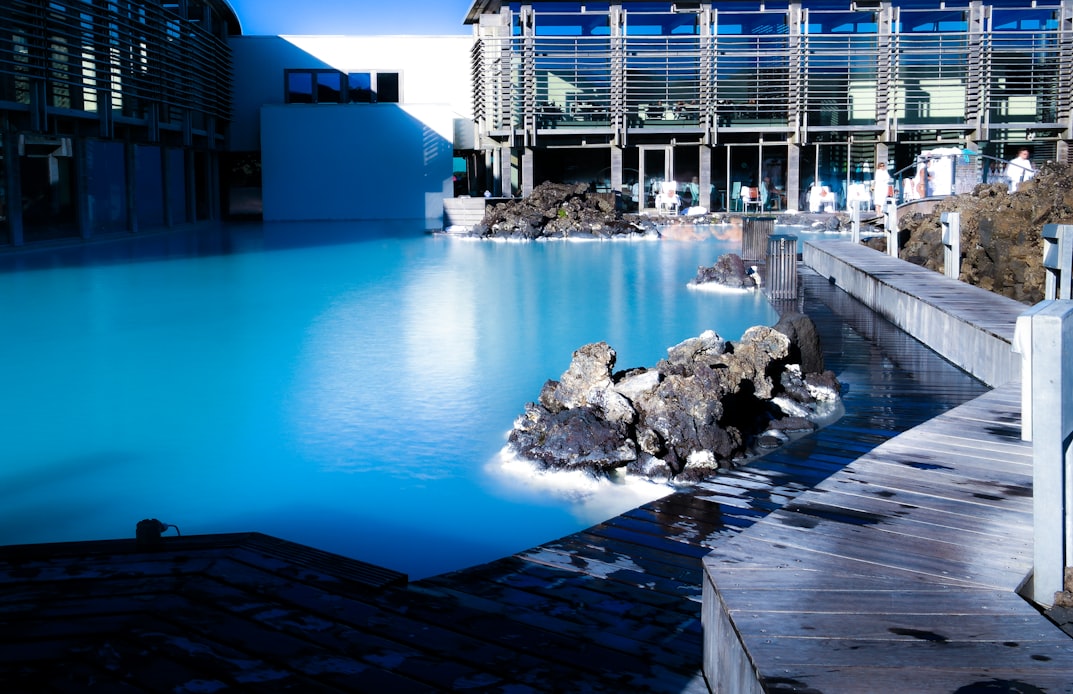
Since the Blue Lagoon is only 30 minutes away from Reykjavik, the best and affordable place to stay would be the Reykjavik city centre. On the flip side, if you wish to pay out for a luxurious stay, the Retreat hotel at the Blue Lagoon is an ideal stay for a day.
When is the Best Time to Visit the Blue Lagoon?
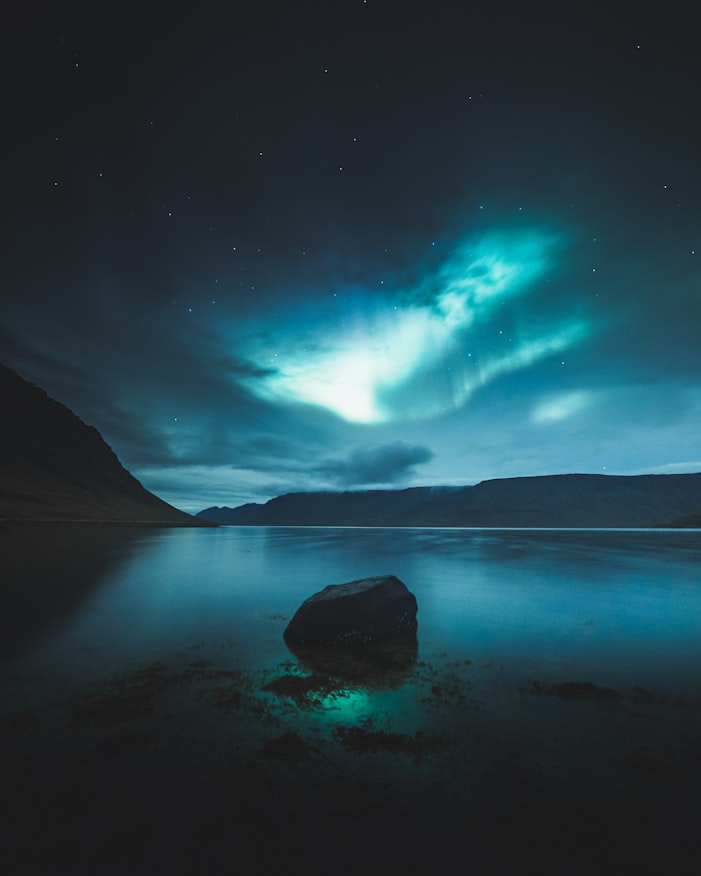
Summer or Winter? The Blue Lagoon is open all year round. You can visit this unbelievably beautiful hot spring either in summer, where you can experience the midnight sun or during the winters to watch the Northern Lights. You are sure to get a different yet breathtaking experience during both seasons. If you want to travel when the weather is favourable, summer is the right choice. Of course, you might run into a lot of crowds as that would be the peak season. Nevertheless, the covid protocols limit the number of people entering the lagoon at the same time. However, if you wish to bask in the Blue Lagoon and look out for the Northern Lights, winter should be your travel season. Most of the time, you could have the Lagoon all to yourself as the crowd would be less.
Morning or Evening? It is best to visit the Blue Lagoon in the morning as soon as it opens, as it is the least busy at that time of the day. There is no time restriction for bathing in the lagoon. Another best time to avoid crowds would ideally be 4 hours before the lagoon closes.
What to Wear?
You will have to take a shower before entering the lagoon just like any other pool. You will then put on your bathing suits and only then enter the lagoon. Therefore, make sure to carry your swimsuits or bathing suits without fail.
Timings of the Blue Lagoon:
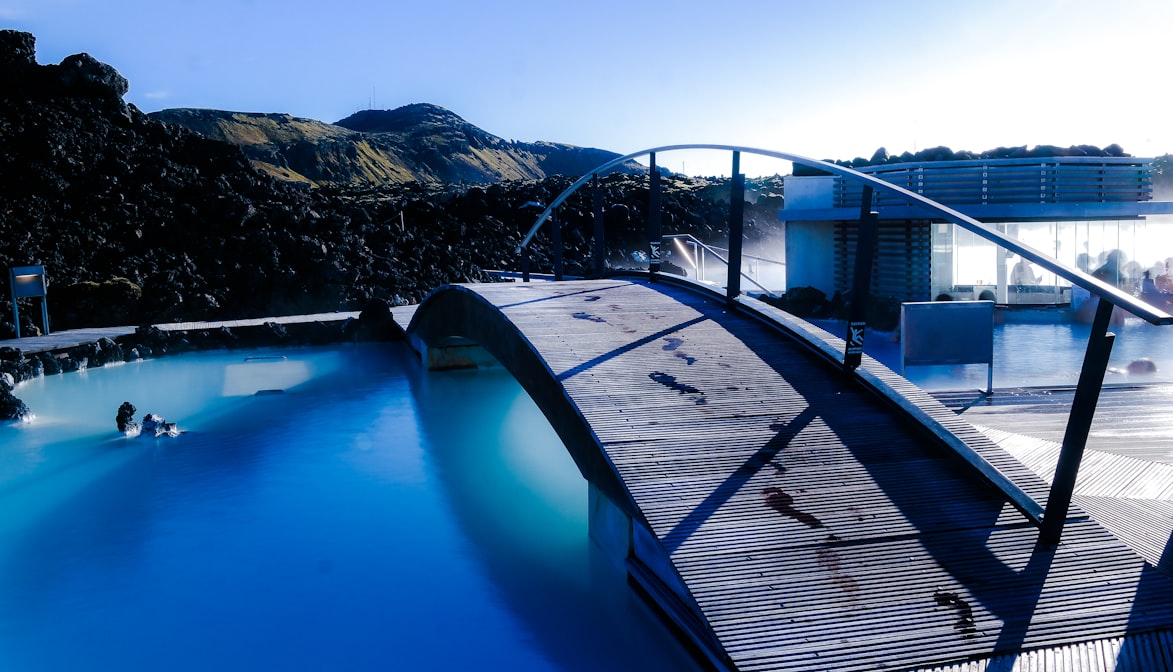
1st January – 31st January: 8:00 – 21:00
1st February – 3rd March: 8:00 – 22:00
4th March – 30th May: 8:00 – 21:00
31st May – 27th June: 7:00 – 23:00
28th June – 18th August: 7:00 – 00:00
19th August – 28th November: 8:00 – 22:00
29th November – 31st December: 8:00 – 21:00
The timings however vary on the festive days such as Christmas Eve, Christmas and New Year’s Eve as the Blue Lagoon closes early.
24th December : 8:00 – 15:00
25th December : 8:00 – 17:00
31st December : 8:00 – 17:00
The above timings are subject to change under certain circumstances. Therefore, we recommend you book your entry a few days or weeks prior to your travel date.
Entry Fee:
Free entry – For children below the age of 14
Standard Package – Starting from $58 approximately
Comfort Package – Starting from $77 approximately
Premium Package – Starting from $100 approximately
Retreat Spa Package – Starting from $500 approximately
Are you taking your Children along?
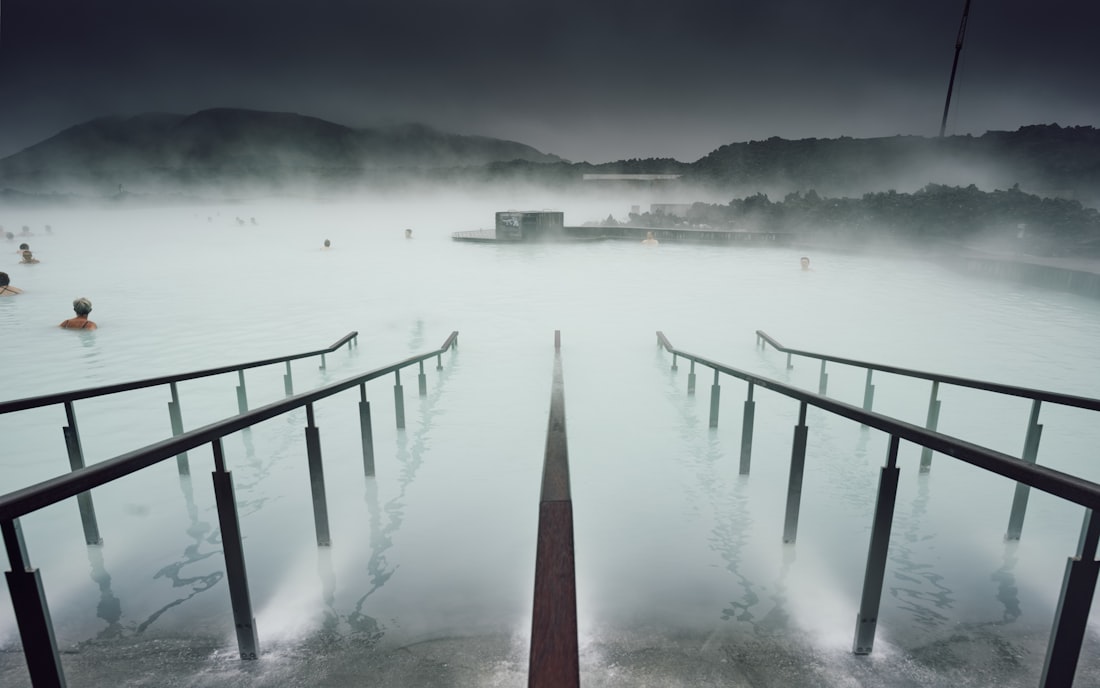
The Blue Lagoon is absolutely safe for children as well. However, infants below the age of 2 years will not be allowed inside the lagoon as the minerals could be excessive for their delicate skin. Also, since the depth of the Blue Lagoon is a maximum of 4.7 feet (1.7 meters) deep, it is a must that parents accompany their children at all times. Children are also recommended to pick up their floaties at the entrance for safety.
Don’t you now agree that the Blue Lagoon is indeed a calming retreat? It is of course one of the most popular and must-visit attraction for anyone visiting Iceland. Pack your bags before it’s too late and head to this dreamy country right away. Customize your dream vacation or choose among the various exciting Iceland Tour Packages on the Pickyourtrail website. On that note, Happy Exploring!
checkout other beaches in iceland
15 Most Beautiful Beaches in Iceland | Reynisfjara Black Sand Beach
Related Itineraries
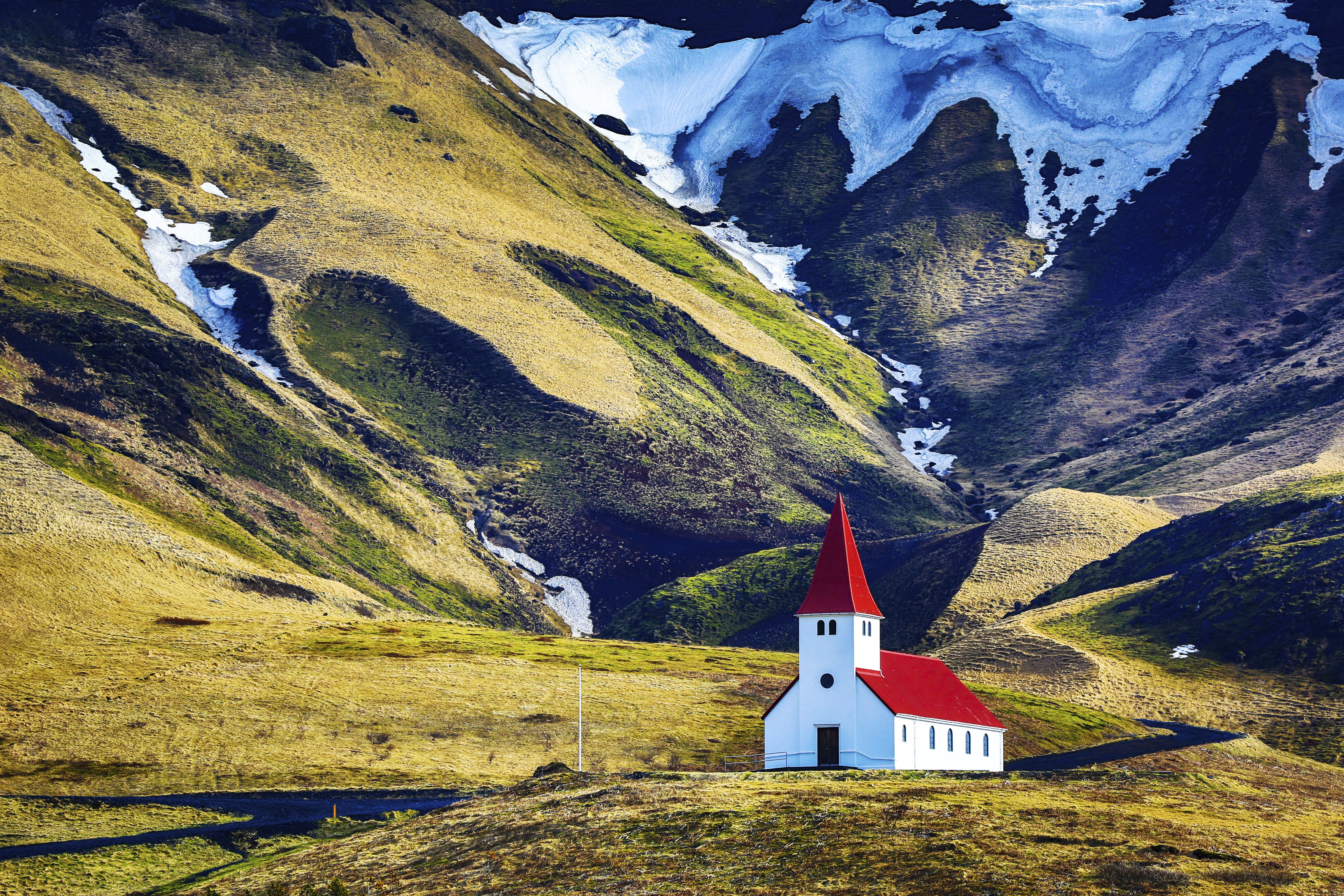
Icelandic Dream: 6 Nights of Enchantment - Tour Packages
- Flights excluded
- 3.5 star accommodations
- 5 activities
- Transfers excluded
₹ 95,406
Starting price/person

Enchanting Iceland: 5 Nights of Exquisite Vacation Packages from India
- Flights excluded
- 4 star accommodations
- 3 activities
- Transfers excluded
₹ 67,134
Starting price/person
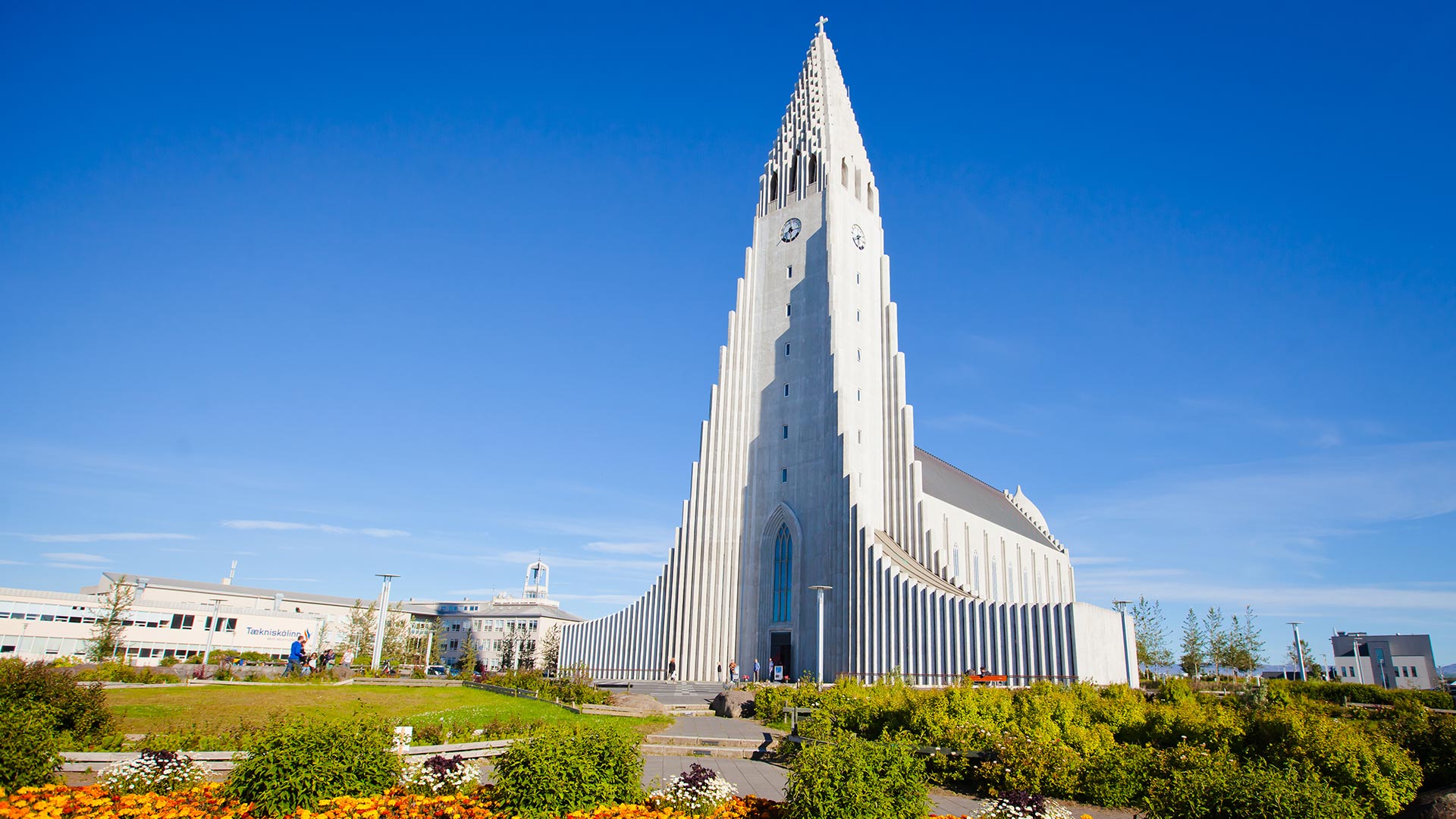
Blissful Iceland: 8 Nights of Jubilant Package Holidays
- Flights excluded
- 4 star accommodations
- 2 activities
- Transfers excluded
₹ 1,09,451
Starting price/person
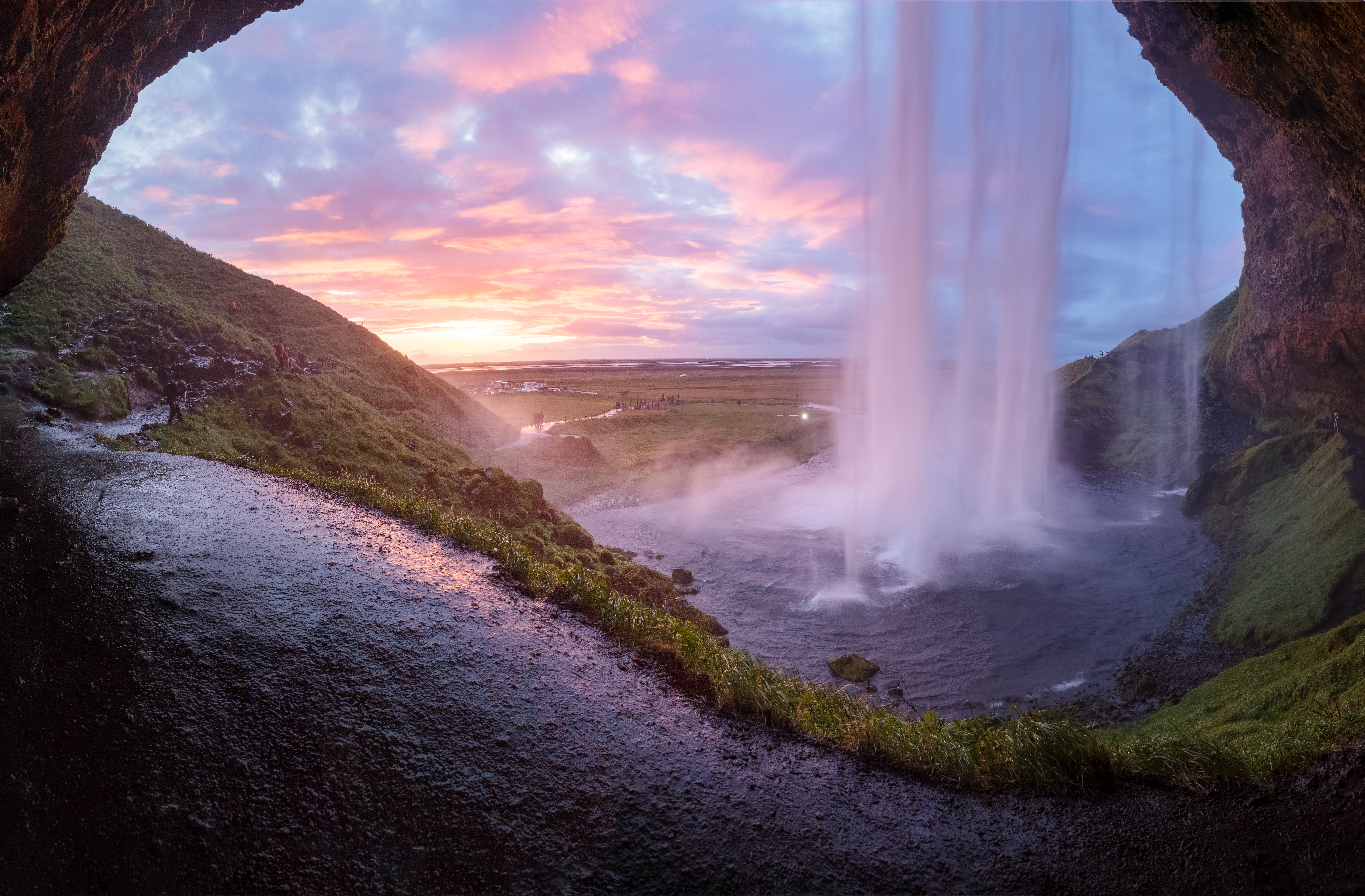
Splendid 8 Nights Iceland and Norway Vacation Packages
- Flights excluded
- 4 star accommodations
- 5 activities
- Shared transfer
₹ 2,33,759
Starting price/person
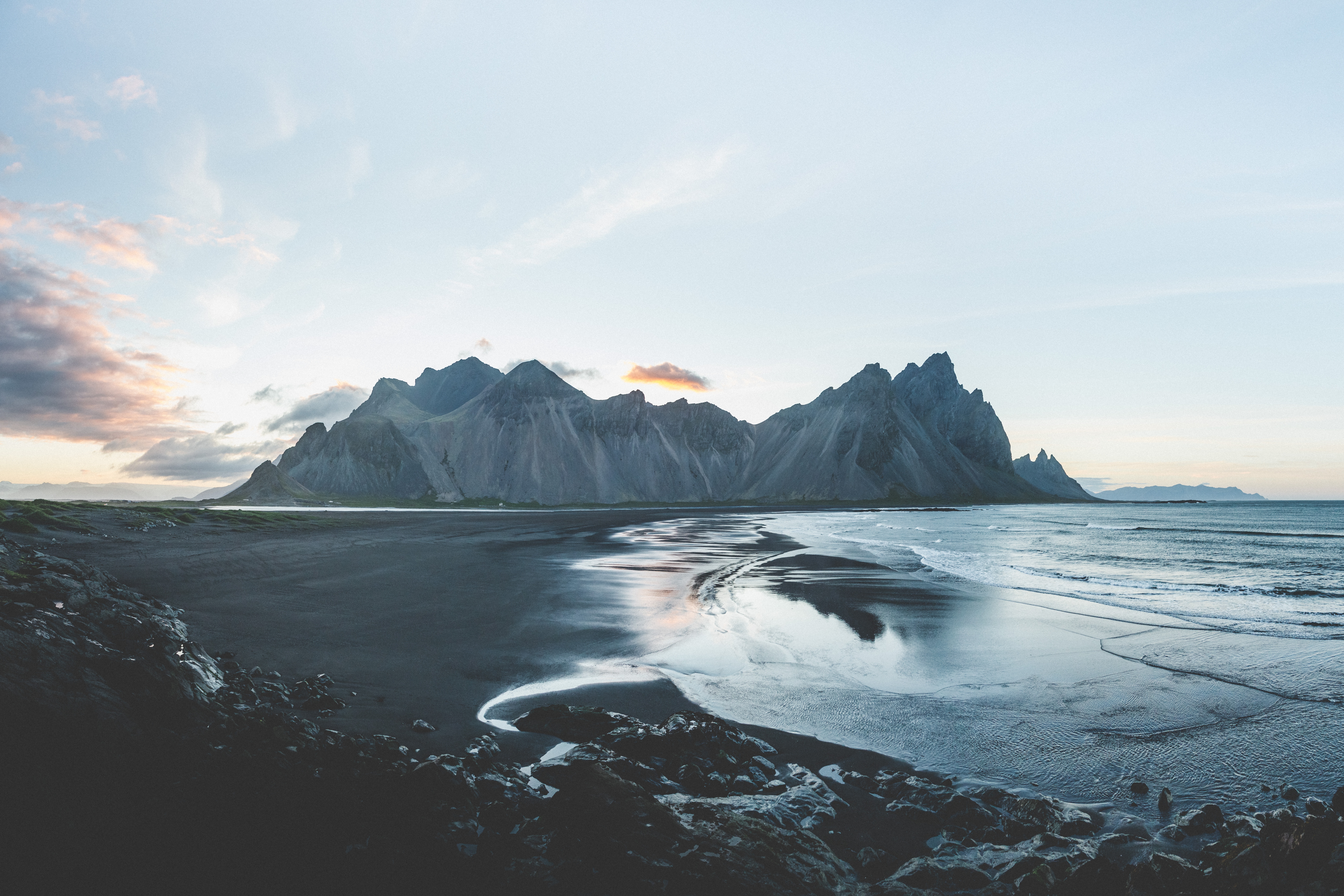
Fantabulous 4 Nights Iceland Holiday Package from India
- Flights excluded
- 3 star accommodations
- 3 activities
- Transfers excluded
₹ 35,355
Starting price/person

Enchanting 5 Nights Iceland Tour Packages with Airfare
- Flights excluded
- 3 star accommodations
- 5 activities
- Transfers excluded
₹ 66,847
Starting price/person

Serene 7 Nights Blue Lagoon Iceland Retreat Packages
- Flights excluded
- 4 star accommodations
- 2 activities
- Transfers excluded
₹ 2,05,808
Starting price/person

Enchanting 5 Nights Reykjavik Iceland Package Holidays
- Flights excluded
- 3 star accommodations
- 5 activities
- Transfers excluded
₹ 1,13,728
Starting price/person
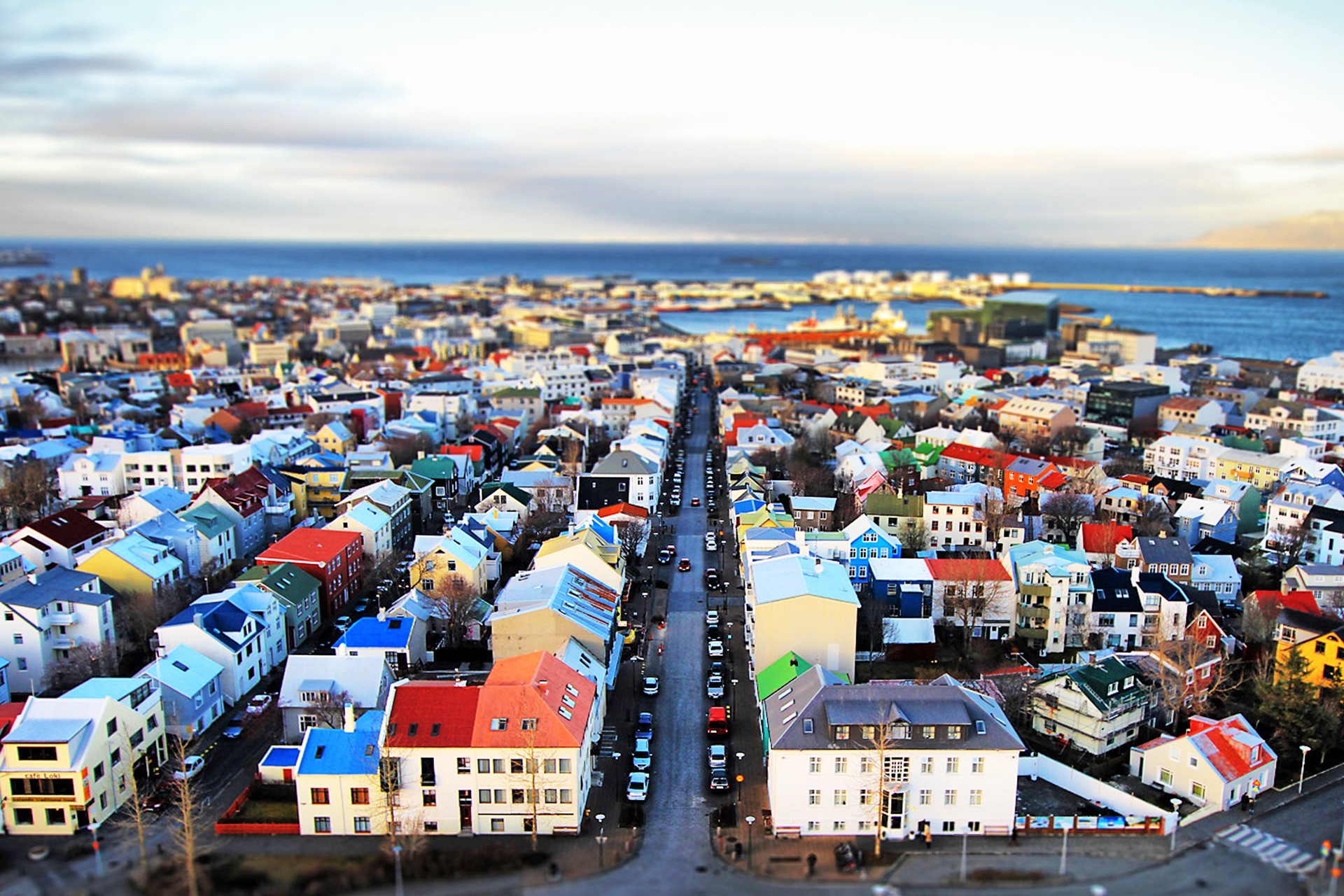
Serene 8 Nights Iceland Trip Packages
- Flights excluded
- 4 star accommodations
- 1 activities
- Transfers excluded
₹ 2,19,464
Starting price/person

Majestic Norway and Iceland 7 Nights Tour Packages from India
- Flights excluded
- 4 star accommodations
- 4 activities
- Shared transfer
₹ 1,79,372
Starting price/person



